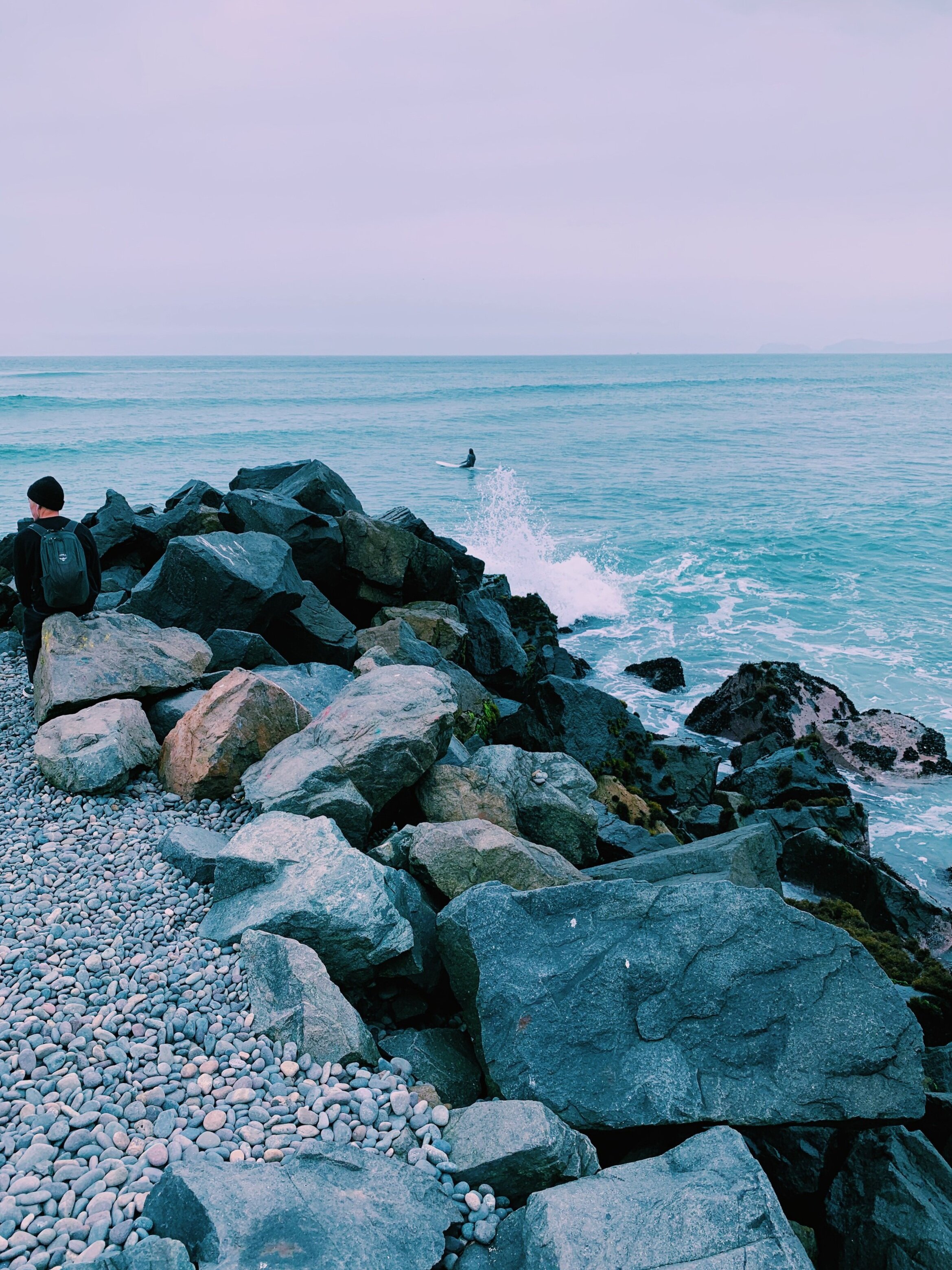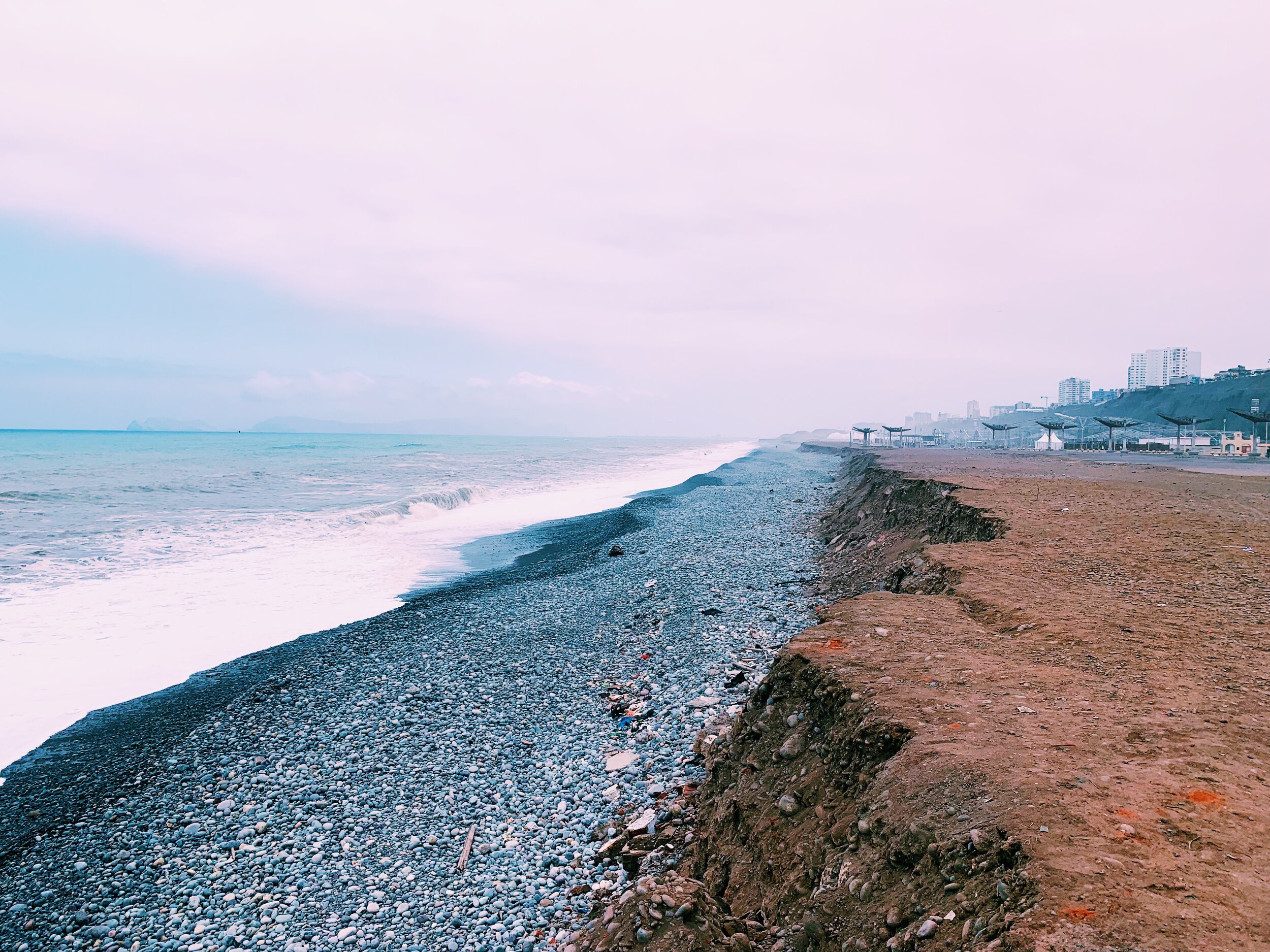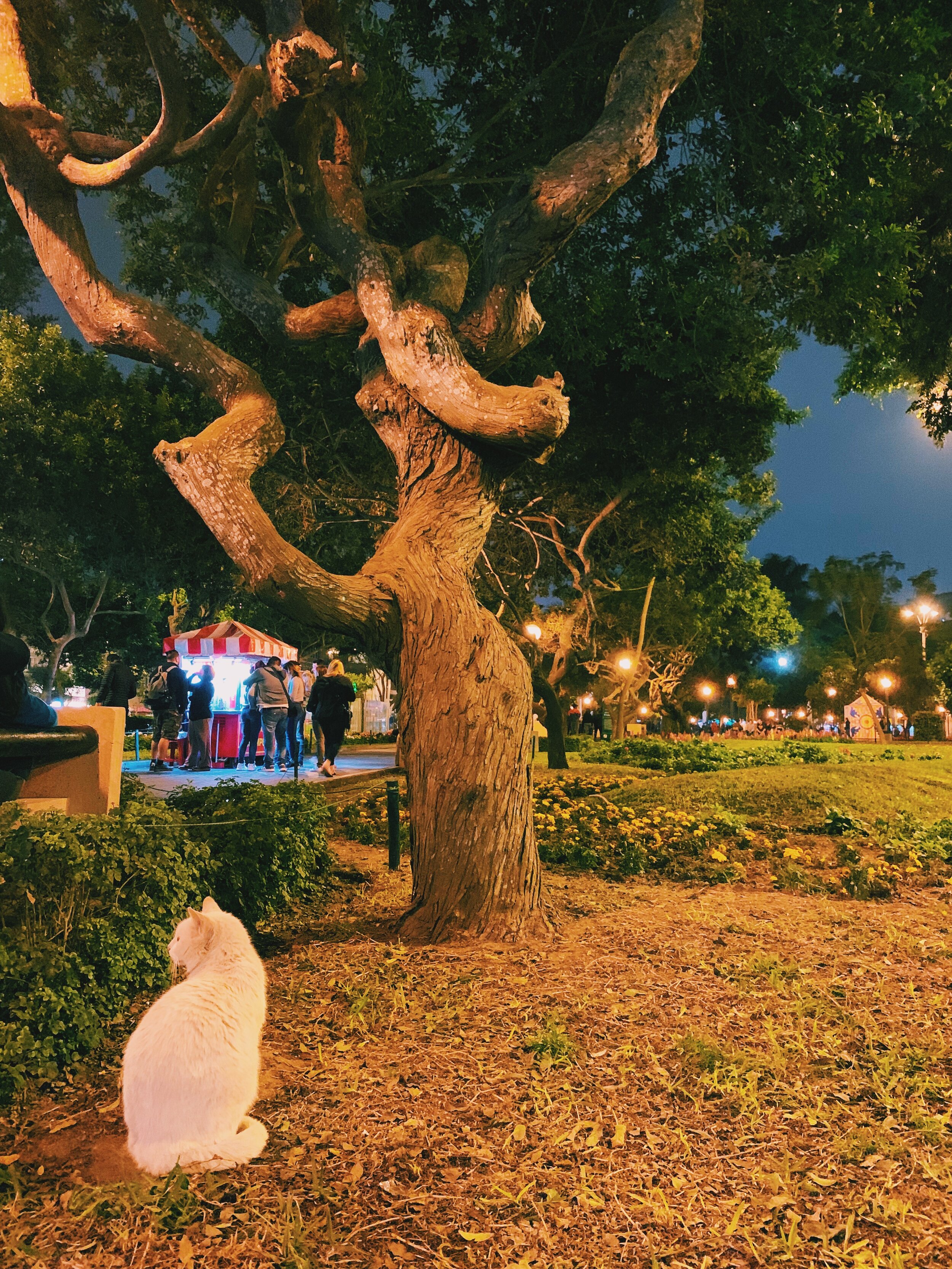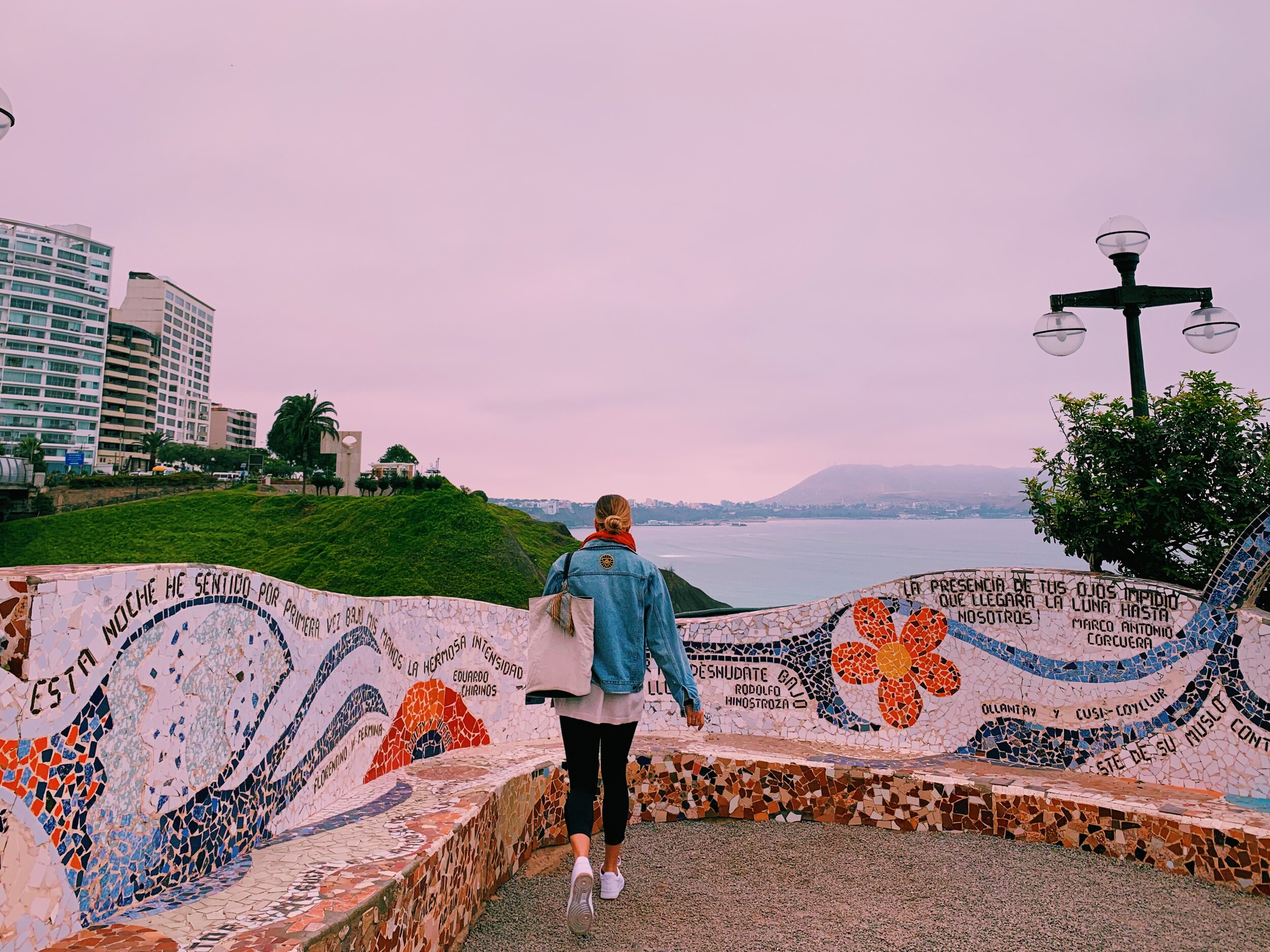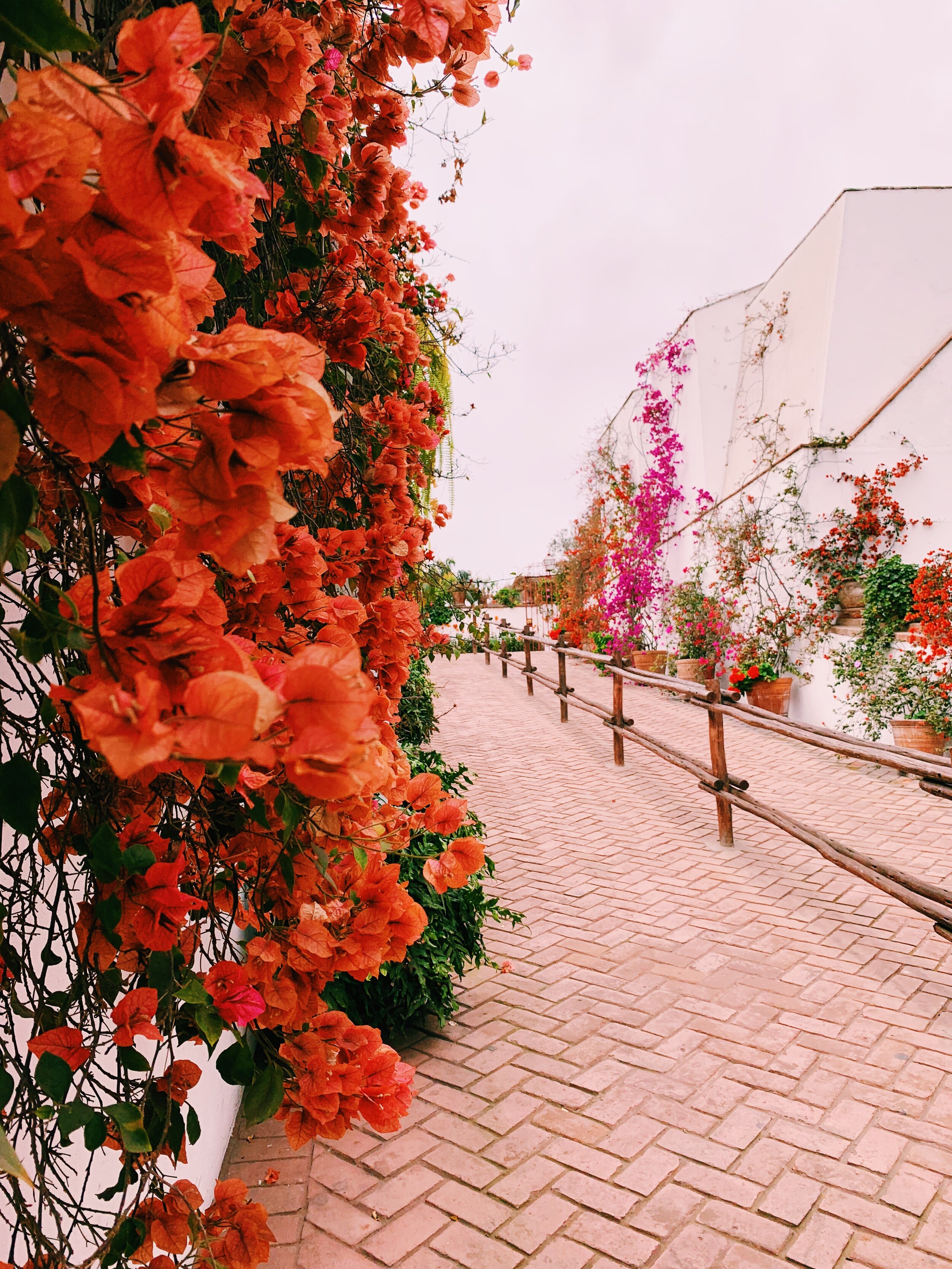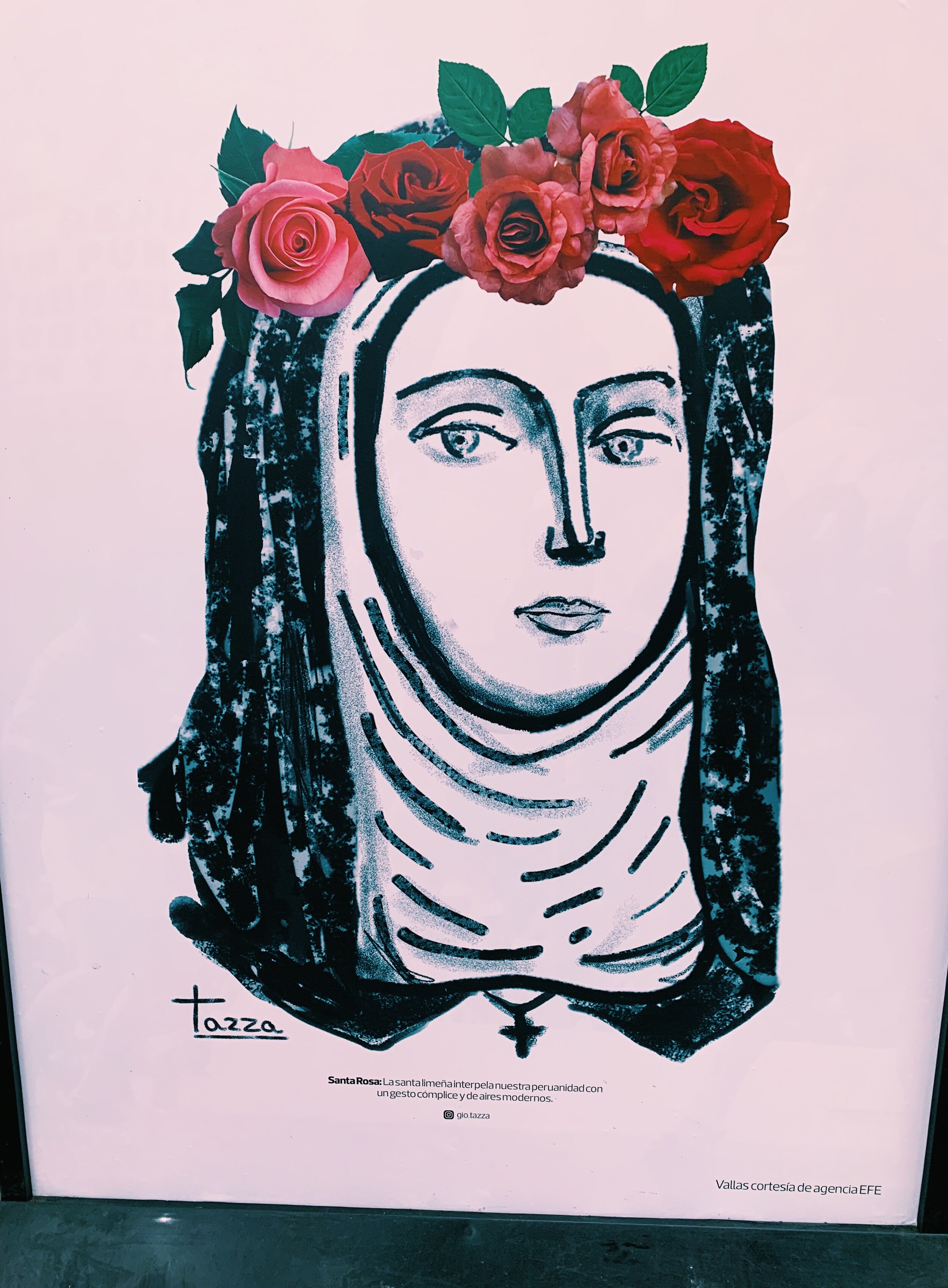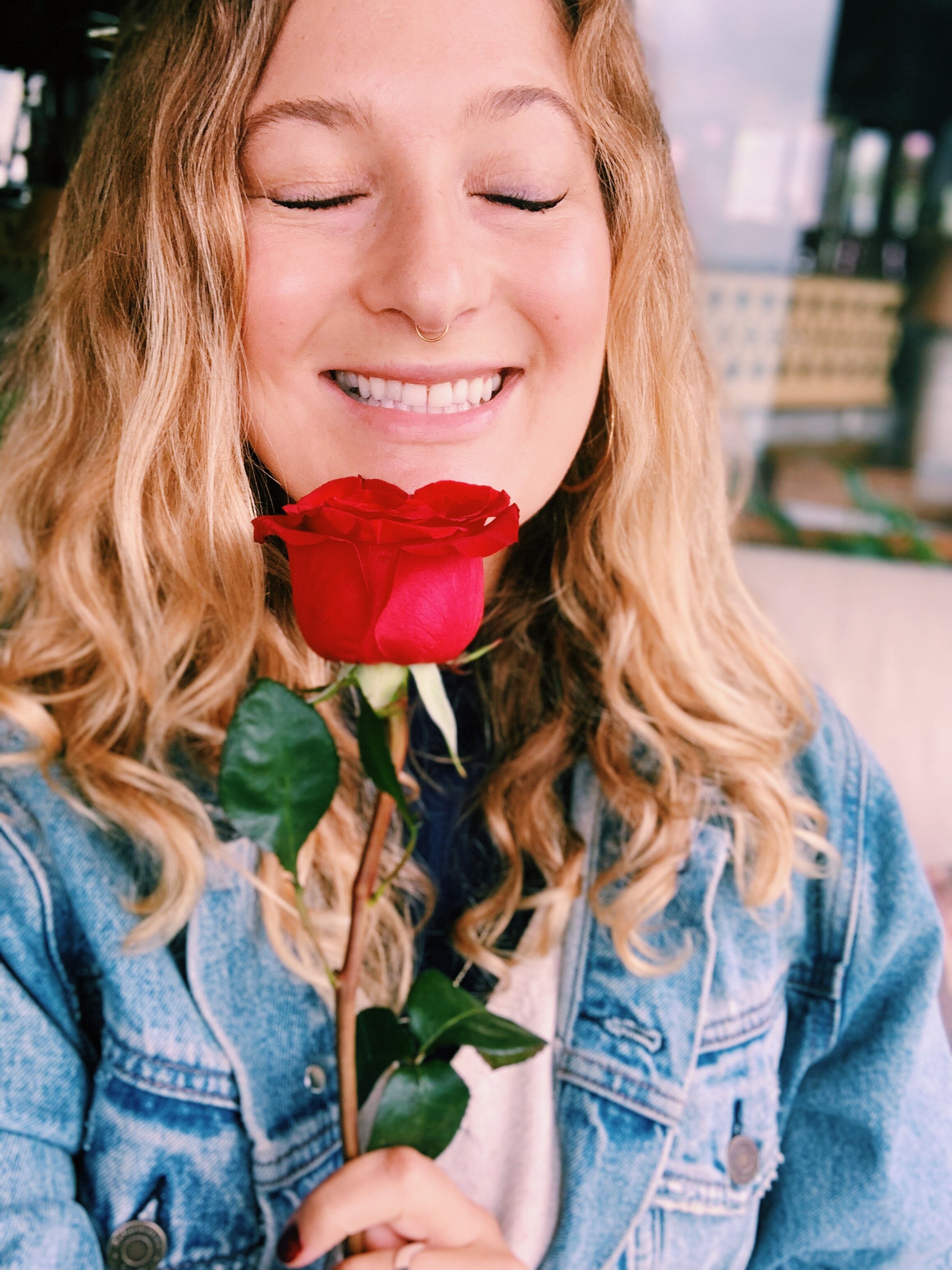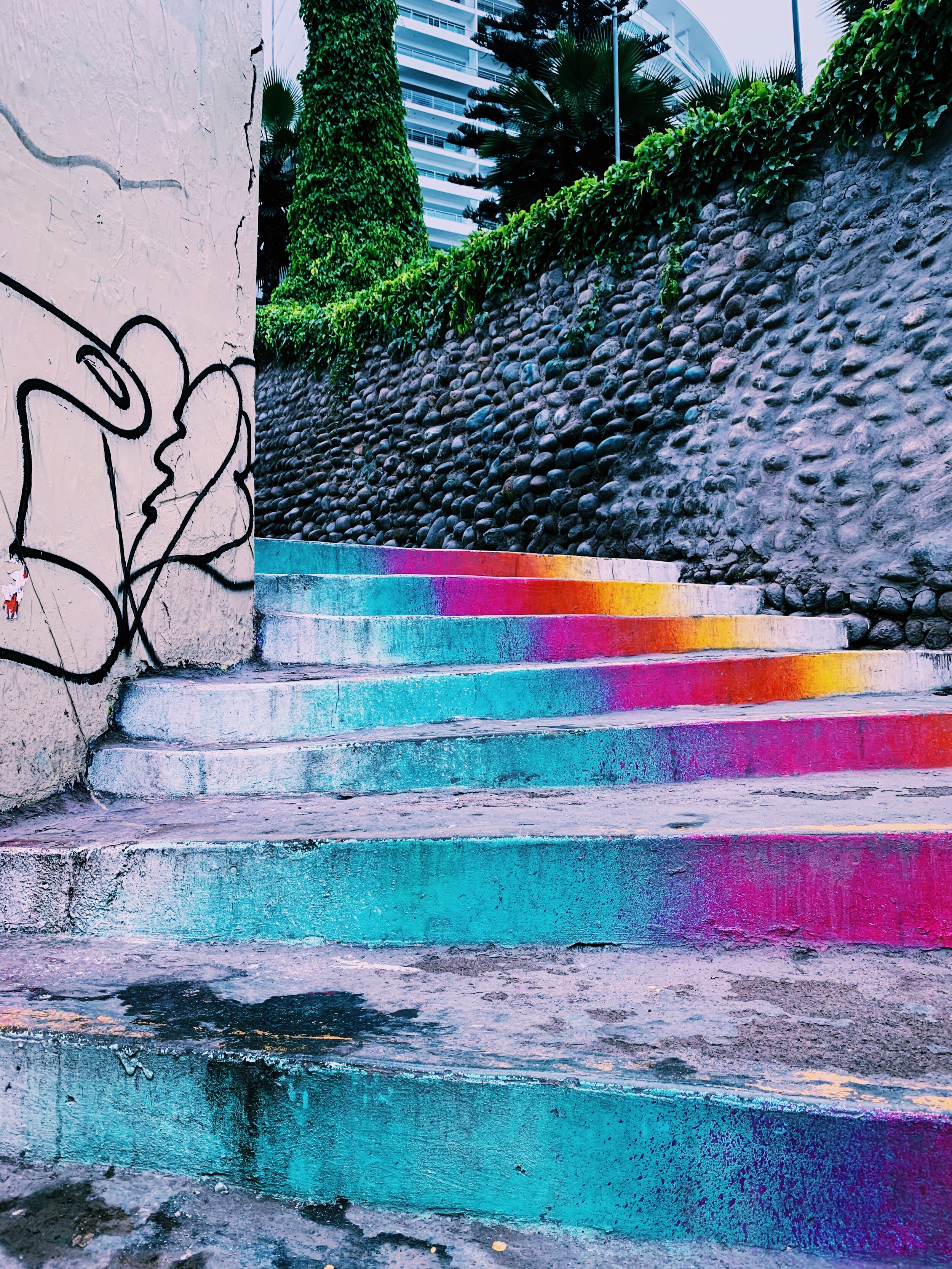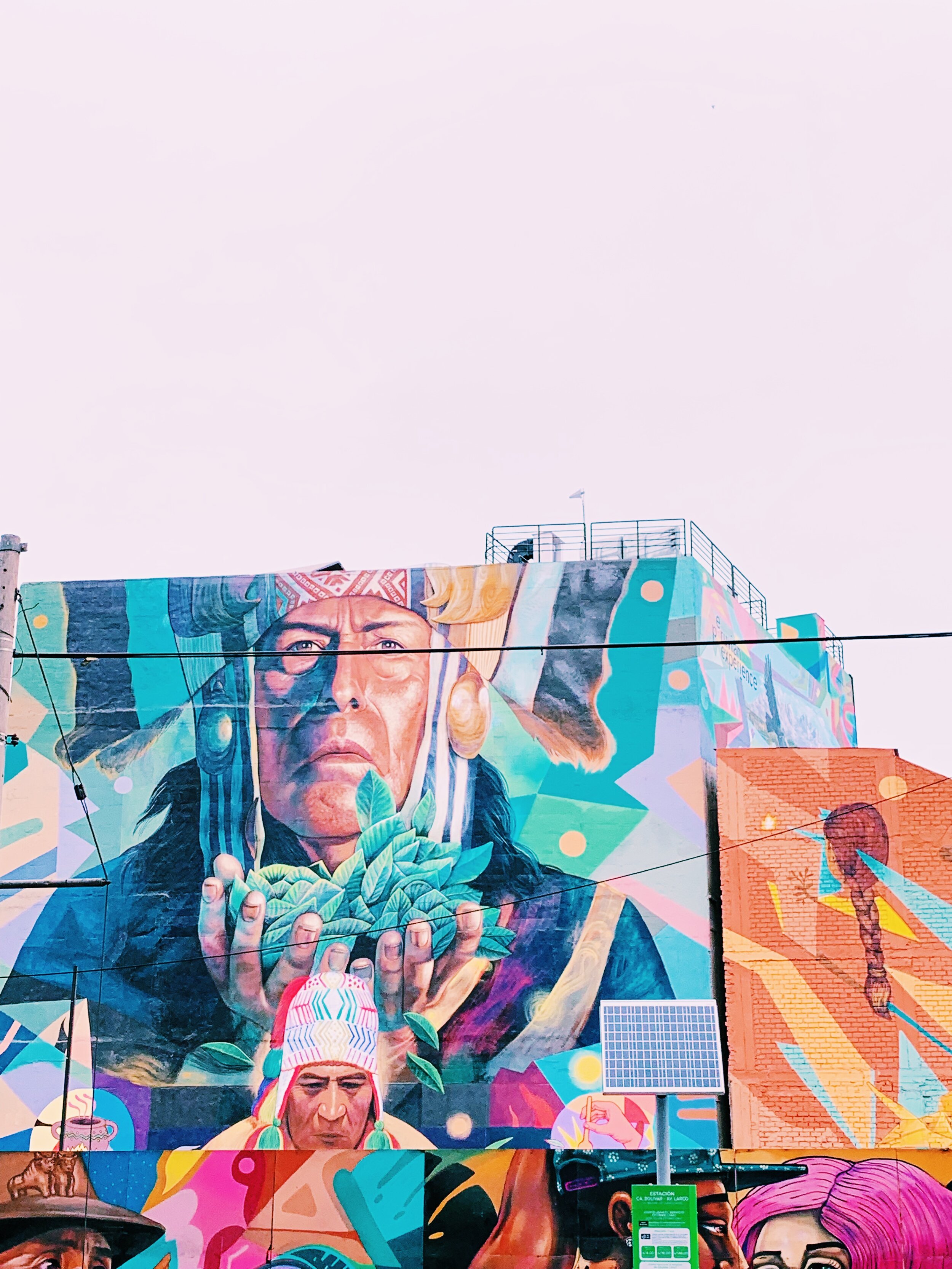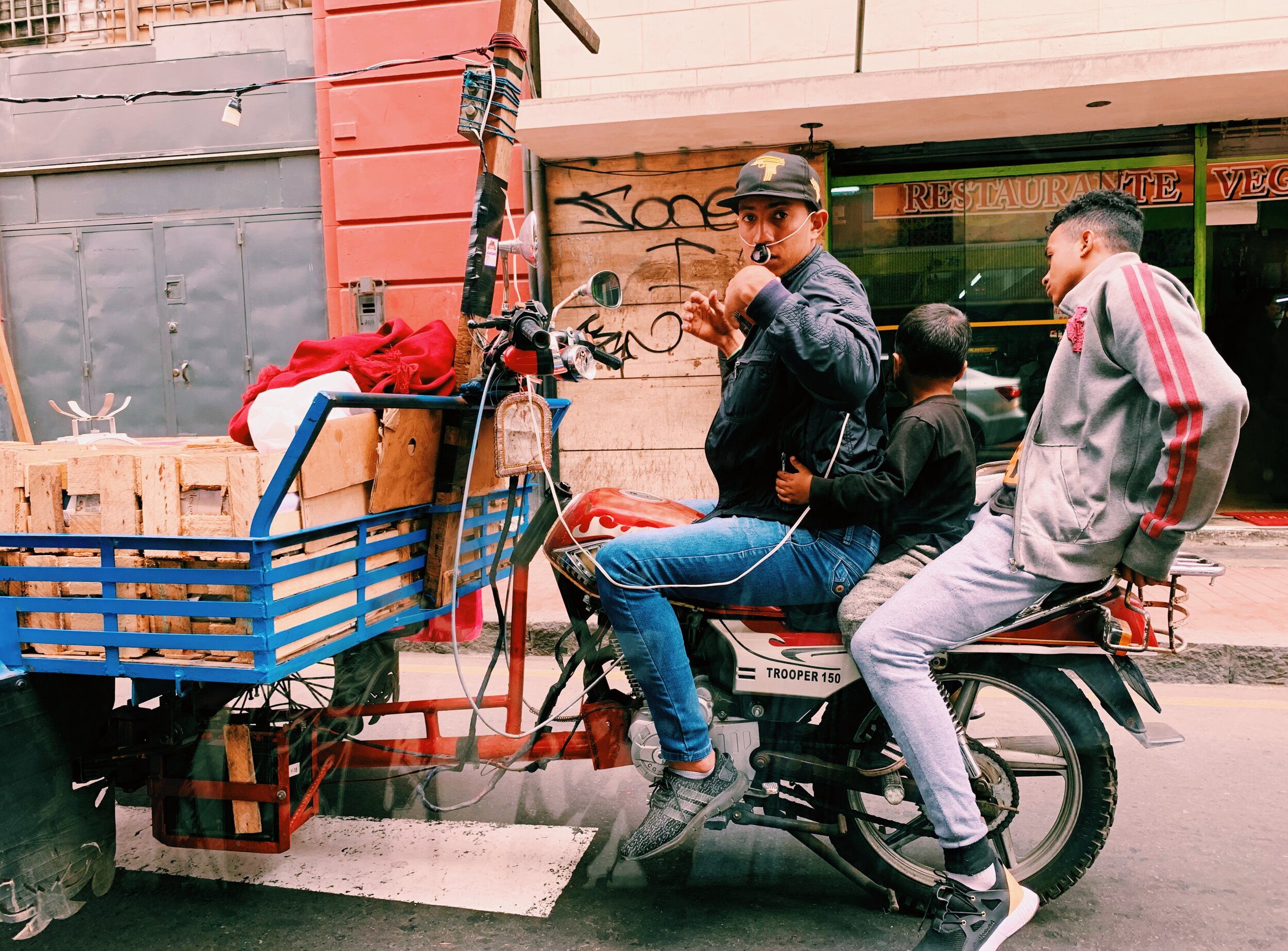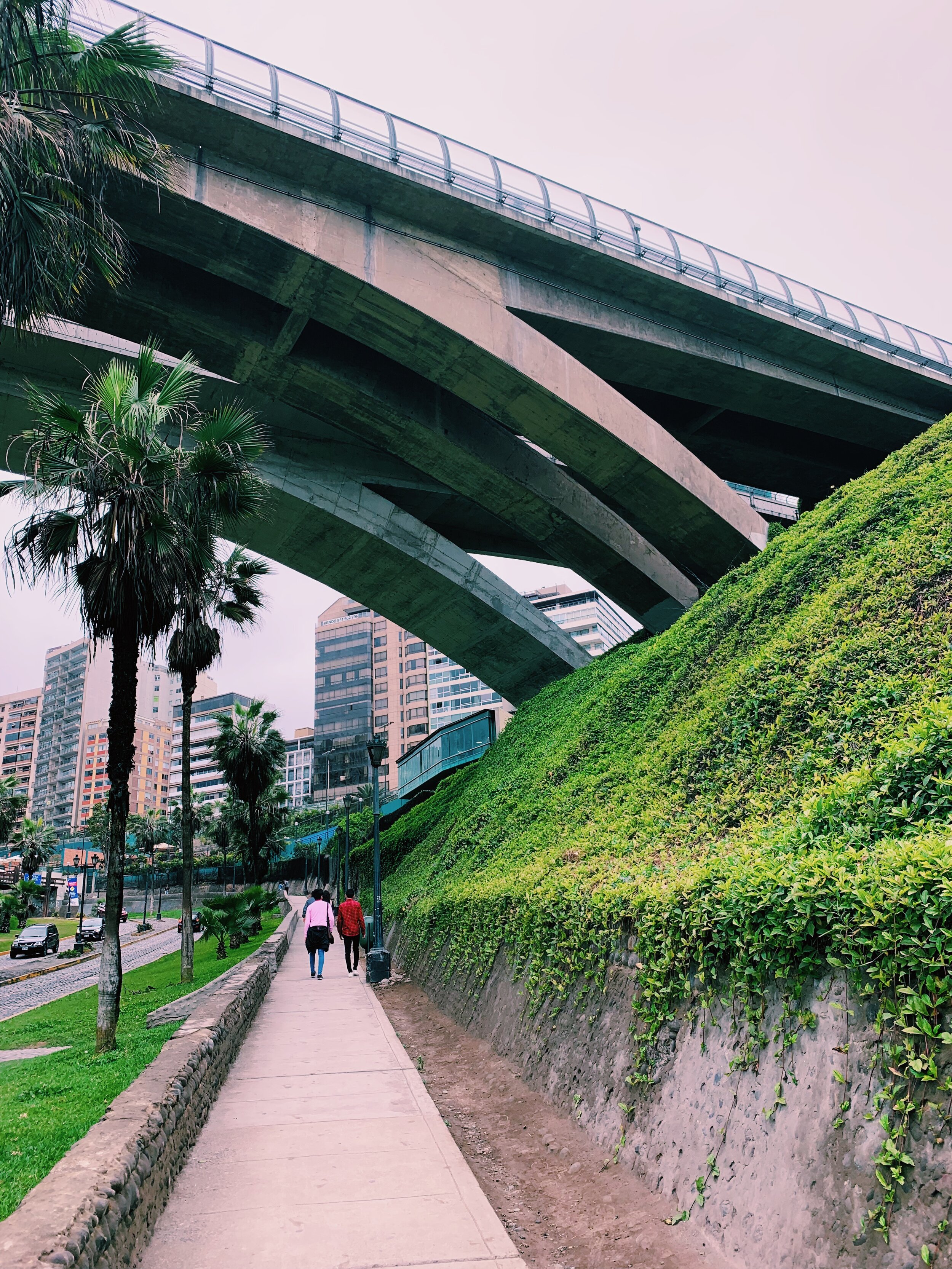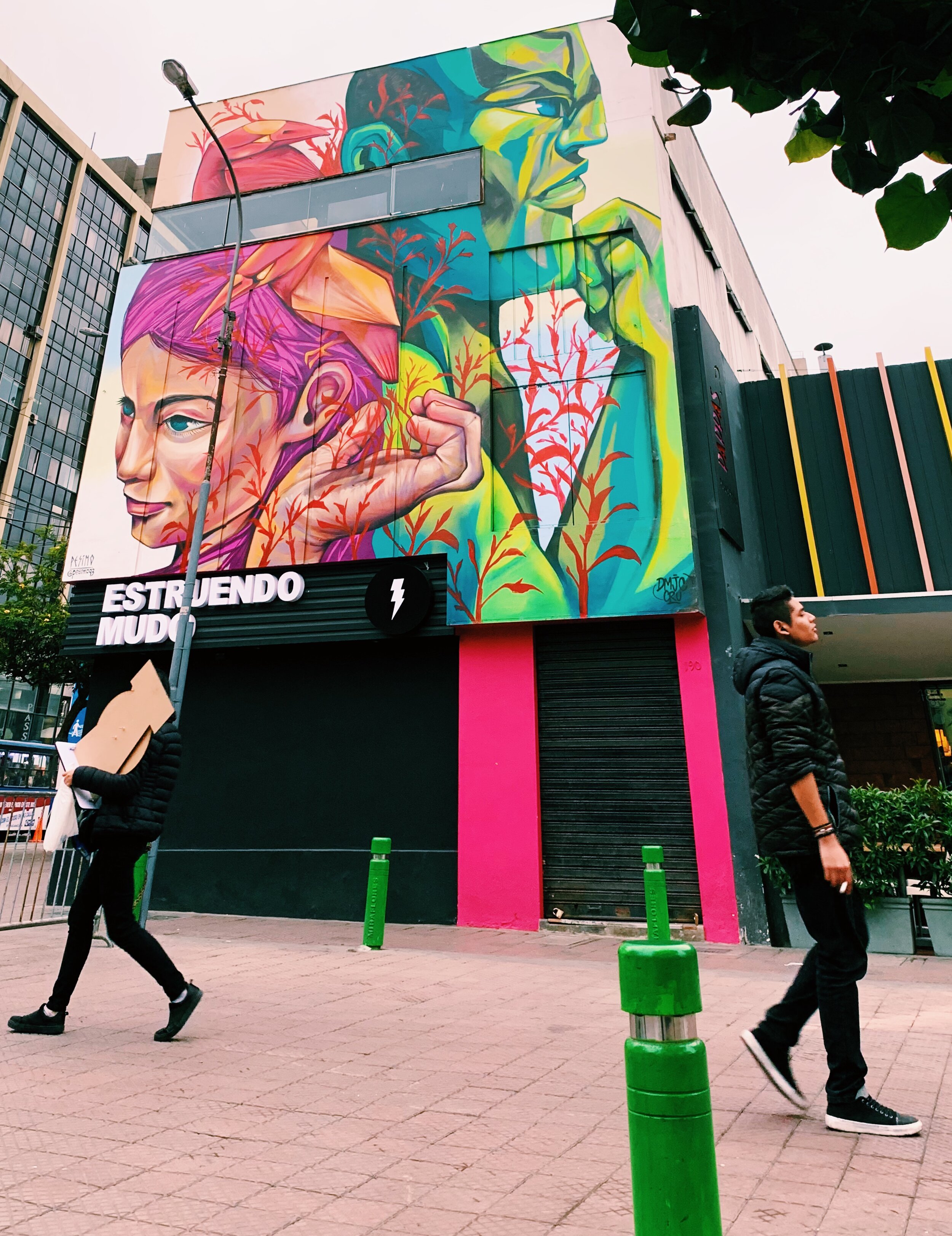Living Lima
Looking through the smog of Lima and into her savory, artistic, and historically-rich landscape.
I am not the type of traveler to glean too much info about the places I am on the brink of exploring—perhaps it’s my lack of interest to over-plan or my stubbornness that wants to discover on my own. So, leading up to my travels to Peru, I had few preconceived notions about Lima in particular, took little advice from friends, and read only a few online articles. Mostly they said that the city was not worth skipping over, which many travelers to the region tend to do, many claiming it to be too dirty and with terrible traffic. I came to decide that for myself.
Peru’s capital city is often referred to as ‘Lima la Gris’ for its persistent gray skies and low-lying clouds that wrap the coastal city in a damp marine layer. It was a city that was never on my radar, but it was en-route to Cusco and of course, Machu Picchu, so my journey would appropriately begin in this modern metropolis comprised of 10 million people within its 43 districts. Some I would discover to be worlds-apart from the last. On my day of departure, I guess you could say I was a clean vessel; well-rested and ready for my second South American country to show me what she got. After a 3.5-hour flight from Medellin, I took the long and congested route from the airport to my hostel, where I discovered a barrage of tuk tuk’s weaving through the chaotic streets where rustic busses hauled the locals home for the night and taxi cars blasted through red lights while nearly side-swiping one another. Horns blared to comprise the chaotic harmony on the streets reminiscent of my trip to Hanoi, Vietnam—a place of similar disarray.
After arriving in one piece, I stashed my bags under my bunk bed at Selina Hostel and took the rest of the evening to walk the main square of the tourist haven, Miraflores. It was a Saturday night, alive with couples clinking glasses at the restaurants that encircled Parque Kennedy and Peruvians bundled up in neck scarves and hand-woven sweaters. Tourists picked through tables of souvenirs sold in the center of the park and snacked on churros and bags of popcorn. I guess my skin was still warm from Colombia because I ditched the jacket to bare my arms boldly in the brisk winter as on-lookers questioned my sanity. I, too, scoured the tables well-aware that my stuffed luggage was at max-capacity and I could only peruse with a smile of gratitude towards the vendors. Silver rings, alpaca stuffed animals, pink and red striped purses and leather-bound journals and satchels were draped across the pop-up shops. At the edges of the park, cats of every color and demographic lounged beneath sky-scraping trees and grassy knolls. I quickly learned there were hundreds of these gorgeous felines that called this park home. They were fed and cared for by the city and all up for adoption. A type of public agency for animals to be celebrated rather than neglected. I asked around for the best damn Pisco Sour in town, which led me to the Museo de Pisco where I was served a frothy and heavily alcoholic cocktail crafted from the native Peruvian spirit. I chatted with the bartenders who barely came up to the counter in height and then called mom to tell her where I was this month. She must have heard the Pisco in my speech, because she told me to be extra careful alone at night in a new foreign city, oh, and to make sure and chain my backpack to my body before falling asleep at the hostel. On it, mom. My walk home showed me graphic street art branded on high-rises and glittering cathedrals and iglesias in the glow of the streetlights. Old men shined shoes on the public benches while white, tan, and black kittens curled up around strangers’ ankles and licked the hands that reached lovingly towards them. It was all so…charming.
Seeing a city at night is a bit like going on a first date at a fancy—and dimly lit—restaurant. The lighting is typically flattering, warming the skin and softening blemishes. But when the sun comes up the next day, the veneer of perfection wanes. You start to see the cracks in the infrastructure, a few damaged blood cells, and even some frayed wires sparking overhead to reveal the reality of your short-lived romance.
Lima took me by pleasant surprise, but it wasn’t without its challenges. The next morning I awoke to the biting cold, the buildings and restaurants are not heated, so, I layered on every piece of clothing I had, wrapped my face in a thin scarf and hit the city beyond my shabby apartment that smelled of boiled potatoes and aji picante. Most of the side streets reeked with the underlying scent of urine and abandoned colonial-style homes stripped of beauty lined the busy roads where busses churned out black smoke from tail pipes. There is immeasurable poverty that exists in Lima, beggars with broken limbs asking for change, young boys and girls selling candy for cash, and older men with weary eyes shaking their tin cups at passersby. You can’t look past it, it is a part of the story. Beyond these small challenges, I was shown a city of collaborative and creative gastronomy, generous and welcoming locals, large-scale modern art and a pre and post-Incan history that fascinates.
Below are my discoveries of living in Lima la Gris for a week along with a collection of my favorite photos.
Taking the city By Foot
Ever since Colombia, I learned that walking is my preferred method of navigation. Being able to walk alleyways, squeeze onto city sidewalks, and down wide avenidas where constant energy is being exchanged, for me, is the most accurate way to get a pulse on a new place. This is one of the reasons I fell for Lima, she showed me boardwalks connecting the sea to the city, bridges over highways linking the many barrios into one walk-able region. I had to laugh at the flow of pedestrian traffic though. There was seemingly no sense of direction making it easy to get pushed around and scuttled off the curb, not because people are rude, there is just zero organization to the flow of pedestrian traffic. But beyond the crowded walkways, large green parks and city centers divided the developments so there was always a place to sit and observe, snack and lounge. And then there are the turquoise waters of the Pacific Ocean below; perfect sets a half-mile long feeding insatiable surfers and novices who aren’t afraid to dip into the chilly water for a chance at catching a wave.
I thought taking the city by foot was very safe during the day, as each place I went to I was left unbothered and could ruminate in peace. But everyday I did call it quits around 8-9 in the evening, foregoing the party scene in Lima and avoiding any trouble as a solo traveler who was more interested in the daylight ventures anyways. Lima is supposed to have incredible Salsa dancing and great live music and although I can’t speak on the nightlife, I feel as though I did exactly what I needed to during this first trip to Lima. I probably could have seen a lot more if I had taken taxis and busses to other regions of Lima, but I followed my feet instead and stepped within the groove of a vibrant city that did not disappoint.
Mom asked me how I was getting around, how I knew where to go and what to do. I told her that when you walk 5-6 miles a day, it is impossible not to find things to do and new ways to occupy the mind and feed the curious student within. Lima welcomed me with a bitter cold that I was certainly not ready for, but she brought me a series of visuals that kept my camera occupied during these long walks through her concrete veins. There is also an indigenous culture that is tucked into organized gallery’s and emblazoned on large-scale murals. There is also a young generation that is focused on preserving the history of their people. One girl told me that the touristy parts of Lima are flowing with acceptance of the native cultures, but outside of these select spots, many people are too focused on getting a new pair of Adidas shoes and binging on contemporary music and fashion. Western culture and consumerism holds a powerful presence here. I continued to look for the spaces where native meets now.

